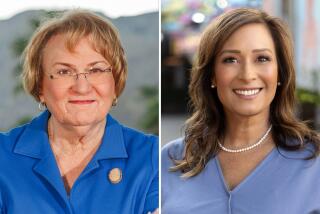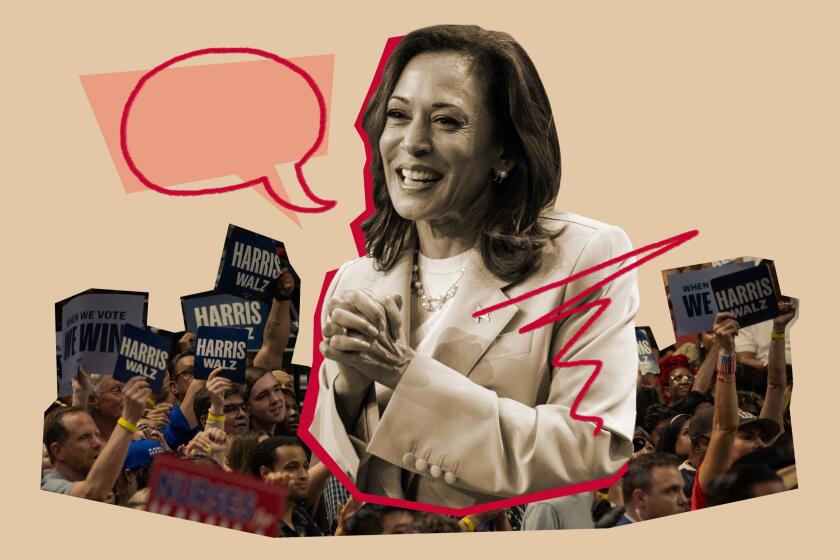Equalize what?
THE ELECTION for California’s Board of Equalization may be the state’s equivalent of the human appendix: It must have made sense to whoever created the first one, but now no one can recall its original purpose and we keep it around only because it’s too much of a hassle to get rid of. We certainly won’t miss it when it’s gone.
The board has an important job -- overseeing sales and property tax administration and hearing appeals from the Franchise Tax Board. But it could become, like the Franchise Tax Board, an appointed board without any loss to the public. In the meantime, electing members is an exercise in frustration for voters who know little about the Board of Equalization’s function and live in districts so ridiculously gerrymandered as to virtually guarantee that two Republicans (usually dedicated to helping the business taxpayer) and two Democrats (more geared toward stepping up collections) will win. The balance is decided with the election of the fifth voter, the state controller.
A map of the districts, on Page 112 of your Official Voter Information Guide, shows a nonsensical line-drawing that groups Los Angeles County’s desert areas with the Sierra Nevada, Sacramento and points north; and groups Palos Verdes with land along the Arizona and Mexican borders.
The Times endorses Judy Chu for Board of Equalization District 4, which includes most of Los Angeles County. The three-term state assemblywoman and former mayor of Monterey Park is independent and hardworking, and she understands state finances well enough to keep from being hoodwinked by firms seeking clever ways to avoid paying their share of sales taxes.
Although The Times takes no position on the races in the other districts, we find it interesting that if current board member John Chiang wins his campaign for controller (as we hope he will), and if Democrat Betty Yee and Republican Michelle Steel win their districts, the Board of Equalization will be four-fifths Asian American -- in a state with a growing but still small Asian population -- and three-fifths female at a time when the number of women in the Legislature is declining and only one woman was nominated by a major party for statewide office. That certainly doesn’t change the fact that this election is about as useful to Californians as an appendix.
*
On the Web: For more Times endorsements, see latimes.com/endorsements
More to Read
Get the L.A. Times Politics newsletter
Deeply reported insights into legislation, politics and policy from Sacramento, Washington and beyond. In your inbox three times per week.
You may occasionally receive promotional content from the Los Angeles Times.










